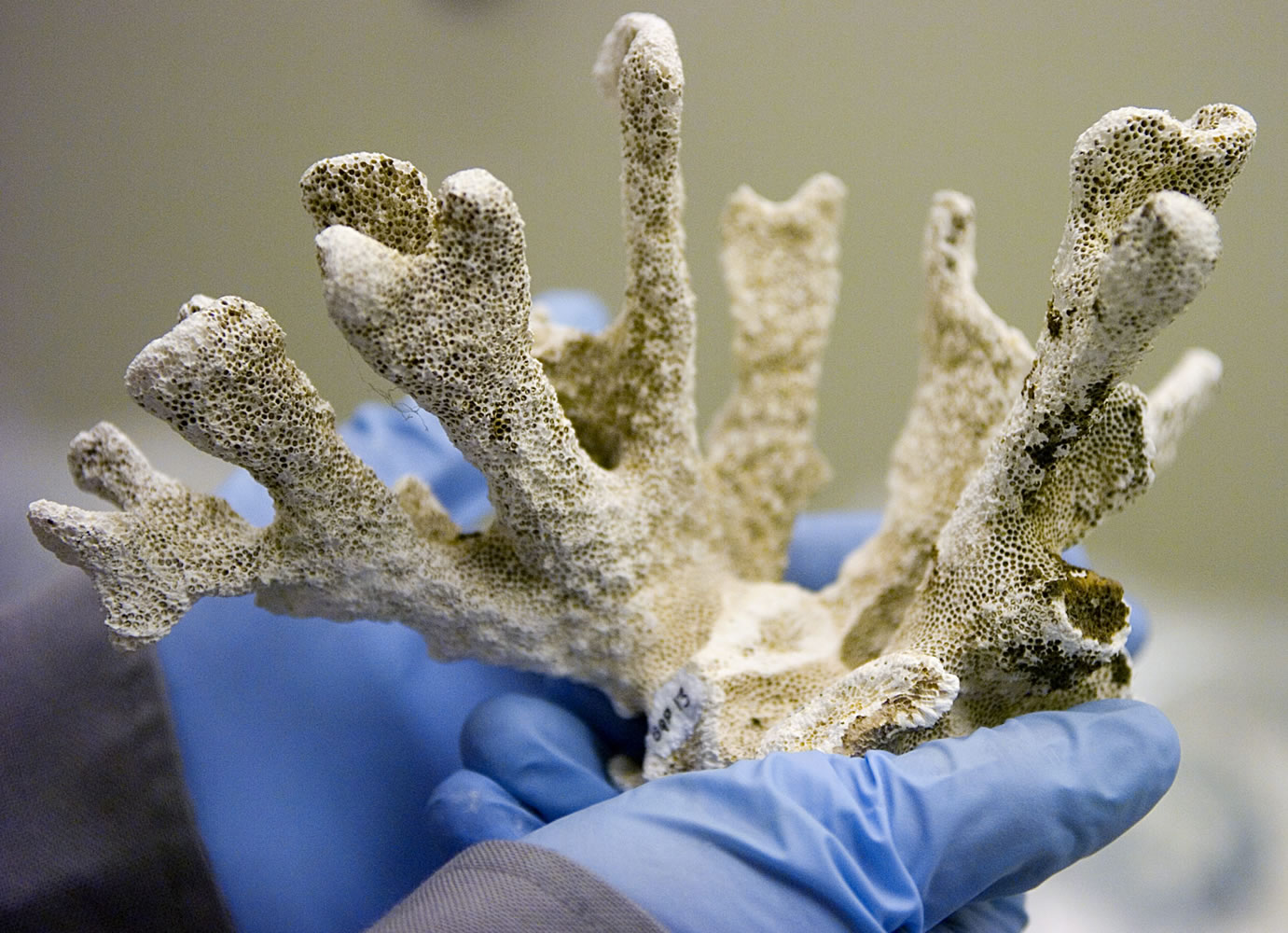Twenty treasures at Fort Vancouver National Historic Site are getting a global showcase.
It seems fitting, given the collection’s global range. Its artifacts include a medal from Pope Gregory XVI as well as a 2,000-year-old Britannic brick featuring the paw prints of a cat.
Fort Vancouver now is part of the Google Cultural Institute, a partnership between the National Park Service and Google. It provides a showcase for historically and culturally significant objects in the Park Service system.
Theresa Langford, museum curator at Fort Vancouver, called it an “opportunity to share our museum collection with a global audience.”
“I was so excited about this project,” Langford said after Secretary of the Interior Sally Jewell announced several new participants a few days ago.
“I really appreciate new avenues for sharing the collection. This will be a different stage. The partnership with Google provides a new audience, and ties us into all the other national park units,” Langford said.
Fort Vancouver National Historic Site preserves the overlapping legacies of Northwest tribes, the Lewis and Clark Expedition, the Hudson’s Bay Company trading empire, America’s westward migration and 160 years of U.S. Army history. So the staff at Fort Vancouver had plenty to work with when they were invited to contribute images.
“We had a lot of flexibility,” Langford said. “We tried to pick highlights that were indicative of a certain era or theme.”
Some are pretty straightforward, such as examples of Northwest tribal art and artifacts associated with the U.S. Army’s long tenure at Vancouver Barracks.
A piece of Hawaiian coral, meanwhile, looks out of place; but it does reflect the era in which the Hudson’s Bay Company was a global economic power. Its ships brought native Hawaiians — known as Kanakas — to Fort Vancouver as workers.
The ships also hauled coral, which was crushed and turned into mortar used to build brick structures such as chimneys and ovens. It’s not a stretch to think that a Hawaiian worker here might have picked up that intact piece of coral 180 years ago as a reminder of his Pacific island homeland.
Cat in the clay
One of those bricks at Fort Vancouver has its own story. Because of its size and shape, experts have determined that the brick was recycled from the ruins of a structure built in England about 2,000 years ago — back when Britannia was a remote corner of the Roman Empire. A cat walked across the brick before it was fired, archaeologists say, leaving paw prints in the clay.
Some artifacts are well documented, including a medal from Pope Gregory XVI. The pope awarded it in 1847 to Dr. John McLoughlin, chief factor at Fort Vancouver for 20 years. The pope named McLoughlin a Knight of the Order of St. Gregory, in recognition of his “upright life, correct morals and zeal for religion,” according to an accompanying document.
See For Yourself
• Several artifacts represented by images in the Google Cultural Institute currently are on display at the Fort Vancouver Visitors Center, 1501 E. Vancouver Blvd.
• They include O.O. Howard’s engraved revolver, a sample of Hawaiian coral, a raven-inspired Haida pipe bowl and a tiny doll that belonged to an Army officer’s child.
• Admission is free.
Exhibits reflecting the site’s U.S. Army past include an engraved revolver that once belonged to Gen. O.O. Howard, commander of Vancouver Barracks from 1874-1878. He was a Union general at Gettysburg during the Civil War and a Medal of Honor recipient. (The revolver is on public display at the fort’s Visitor Center.)
The virtual museum exhibits are part of the Park Service’s centennial celebration, said Jeremy Barnum, a public affairs specialist.
“We signed a hosting services agreement with Google in April 2014,” Barnum said. “We’ve been working on exhibits since then. We encouraged parks to send their recommended exhibits and objects. Some already had virtual content in virtual museums.”
The Google technology also provides virtual tours of historic sites, similar to Google’s Street View.




